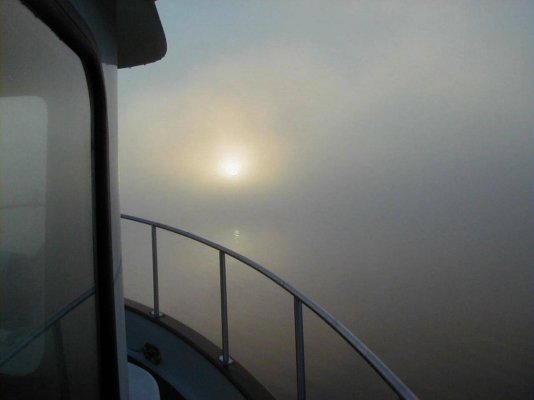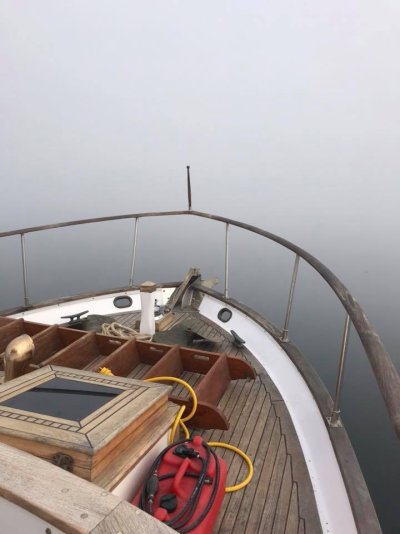Eddie
Veteran Member
We are currently in Southport and the fog is thick tonight. If the fog is bad in the morning, how do we know if we should go or stay? I assume even with thick fog, we could see a little and we only cruise at 8 kts.
What do we need to know about cruising in fog?
What do we need to know about cruising in fog?



